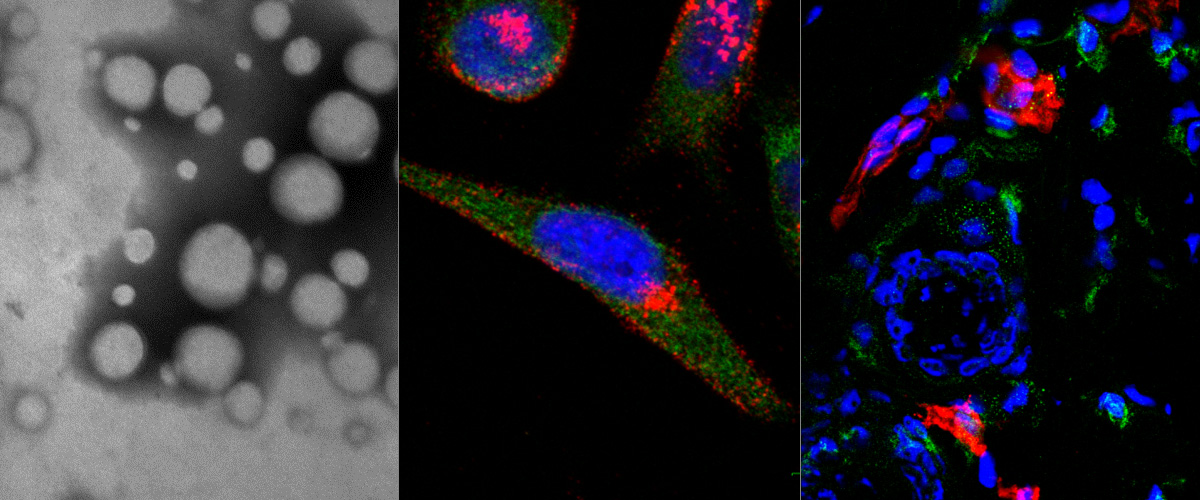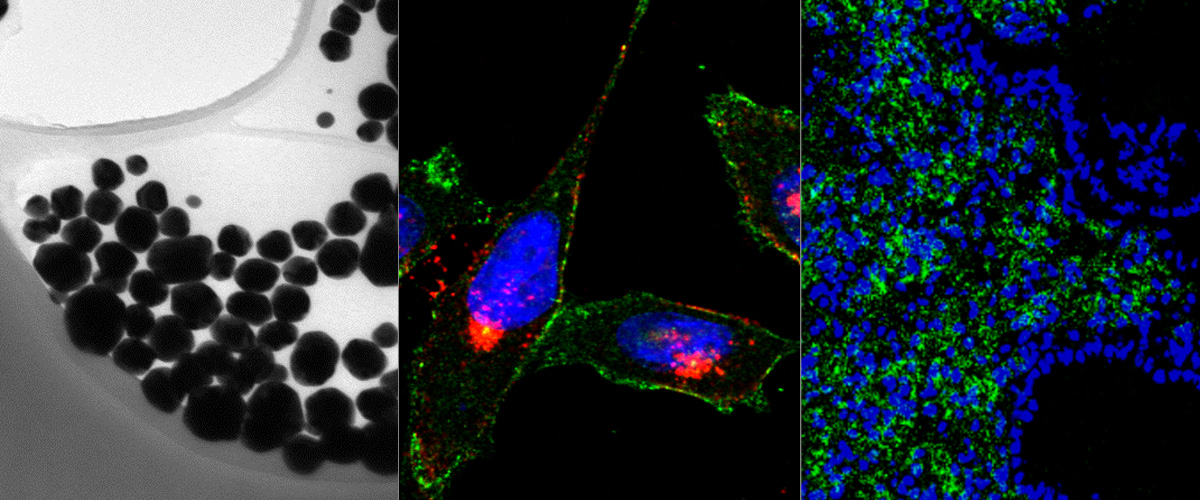http://www.ncbi.nlm.nih.gov/pubmed/26646247
Abstract
Affinity targeting is used to deliver nanoparticles to cells and tissues. For efficient targeting, it is critical to consider the expression and accessibility of the relevant receptors in the target cells. Here, we describe isotopically barcoded silver nanoparticles (AgNPs) as a tool for auditing affinity ligand receptors in cells. Tumor penetrating peptide RPARPAR (receptor: NRP-1) and tumor homing peptide GKRK (receptor: p32) were used as affinity ligands on the AgNPs. The binding and uptake of the peptide-functionalized AgNPs by cultured PPC-1 prostate cancer and M21 melanoma cells was dependent on the cell surface expression of the cognate peptide receptors. Barcoded peptide-functionalized AgNPs were synthesized from silver and palladium isotopes. The cells were incubated with a cocktail of the barcoded nanoparticles [RPARPAR (R), GKRK (K), and control], and cellular binding and internalization of each type of nanoparticle was assessed by inductively coupled plasma mass spectrometry. The results of isotopic analysis were in agreement with data obtained using optical methods. Using ratiometric measurements, we were able to classify the PPC-1 cell line as mainly NRP-1-positive, with 75 ± 5% R-AgNP uptake, and the M21 cell line as only p32-positive, with 89 ± 9% K-AgNP uptake. The isotopically barcoded multiplexed AgNPs are useful as an in vitro ratiometric phenotyping tool and have potential uses in functional evaluation of the expression of accessible homing peptide receptors in vivo.




